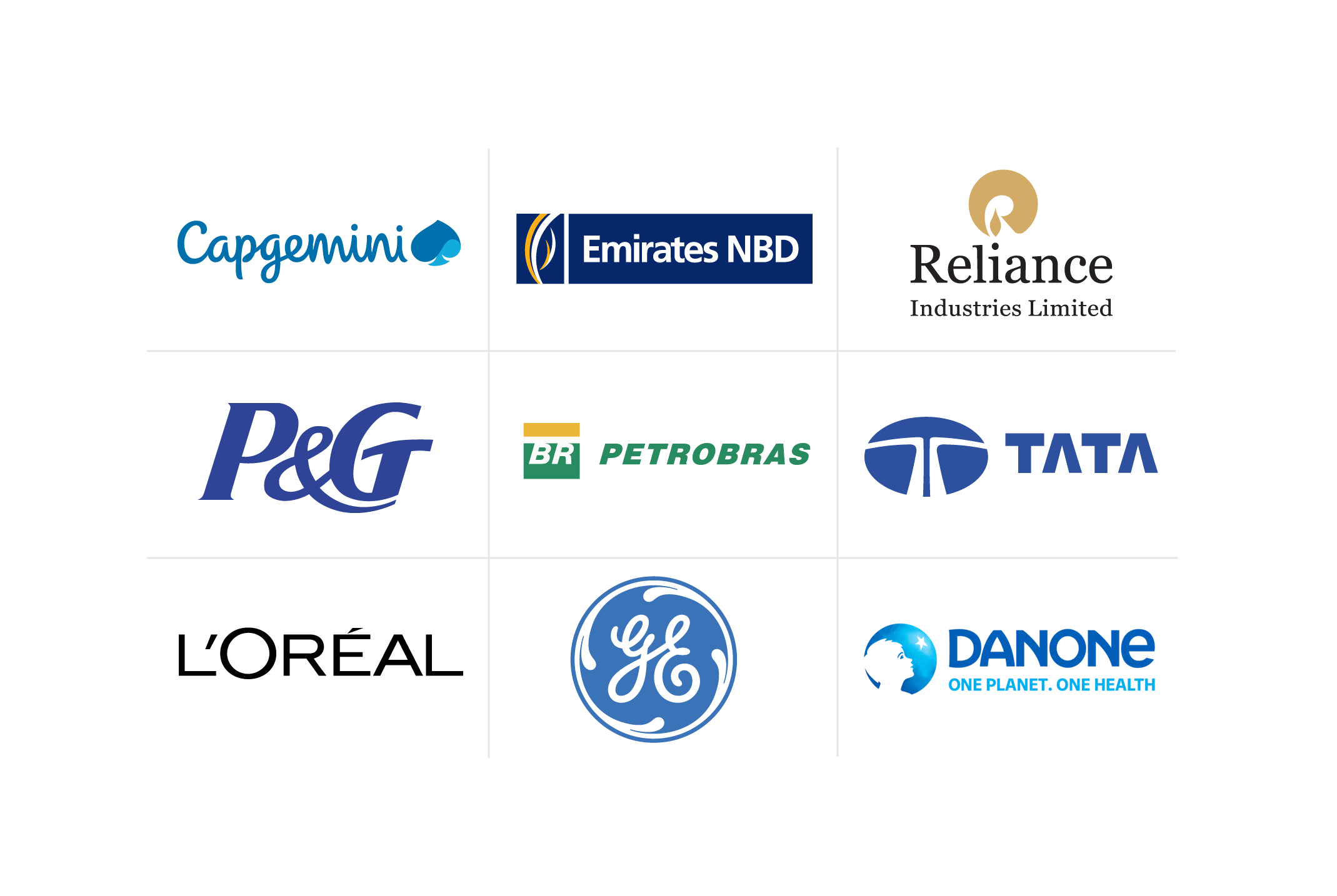Employee Experience: Understanding and Elevating It
Explore the vital aspects of employee experience, including strategies for boosting engagement.
![[Featured Image] Two women work in a computer lab on laptops.](https://d3njjcbhbojbot.cloudfront.net/api/utilities/v1/imageproxy/https://images.ctfassets.net/2pudprfttvy6/4lwHhxuuUuGbGrqGPllooU/71aa975792579dade7e77651fc719bf6/iStock-543443692.jpg?w=1500&h=680&q=60&fit=fill&f=faces&fm=jpg&fl=progressive&auto=format%2Ccompress&dpr=1&w=1000)
The employee experience encompasses all the many touchpoints a worker may have with your organization, from their recruitment to exit.
It can be tempting to think that creating an outstanding employee experience isn't worth the valuable resources they require, but research suggests otherwise. According to a recent Gallup study, for instance, businesses that prioritized employee engagement saw an 18 percent lower turnover rate than those that didn't. Furthermore, their research further disclosed that teams exhibiting strong engagement observe a significant 10 percent enhancement in customer ratings and an 18 percent sales difference [1].
In this article, you'll learn more about the employee experience and how to elevate it, including some actionable steps you can take and resources you can leverage to actually achieve it.
What is employee experience?
Employee experience (EX) refers to how an employee feels about their total interactions with an organization, from the moment they apply to a job to the time they leave it. Key elements of the employee experience include an organization's work environment, culture, technological infrastructure, and overall hiring process.
A positive employee experience has been linked to lower employee turnover, better work performance, and even increased profits, among other things. In contrast, a negative employee experience can often contribute to higher employee turnover, poor work performance, and lower profits. Overall, then, a great employee experience benefits both workers and employers alike.
Did you know?
In 2020, the US Department of Veterans Affairs (VA) introduced an Employee Experience (EX) journey map targeting their employees who serve veterans. Derived from the feedback of over 11,000 VA employees across 33 geographic regions, this map aims to empower employees, attract top-tier talent, and enhance the VA's position in federal agencies’ workplace satisfaction assessments [2].
What is employee experience management?
Employee experience management refers to the strategic shaping of the interactions an employee has with an organization, starting from their recruitment to their exit.
A dedicated employee experience management role overseeing the development, implementation, and refinement of the employee experience can profoundly influence a firm's overall work environment. Common tasks performed by an EX manager include supervising employee surveys, monitoring key performance indicators (KPIs) like employee retention, and developing programs to increase employee engagement.
Gartner, a leading global research and business consulting firm, provides a broader perspective on the topic by recommending that employers ask the following questions on every employee engagement survey [3]:
Do you feel inspired by your team to do your best work?
Do the company's business decisions show we have your best interests in mind?
Do you know whom to go to for help when something unexpected happens?
How would you describe our company's informal processes and structures?
To what degree do you have the right information to make correct job-related decisions?
What is your level of satisfaction with how our company manages our business and people?
Do you feel your team collaborates well, and why?
Does your team help you succeed in your job duties?
Does our company communicate well with all employees?
Read more: Your 2024 Guide to Employee Retention
What are the benefits of a positive employee experience?
Enhancing the employee experience can yield numerous benefits for your organization. Below, we outline a few notable outcomes you may experience as a result of an improved employee experience:
1. Enhanced productivity
Engaged employees act as drivers of amplified productivity. According to a study by Gallup, for example, business units with high engagement levels experience an 81 percent decrease in staff absences and a 14 percent uptick in productivity [1].
2. Greater customer satisfaction
Employee experience (EX) and customer experience (CX) correlate. In a survey conducted by the global market intelligence firm IDC, 85 percent of participants agreed that enhancing employee experience and increasing employee engagement increase revenue, customer satisfaction, and customer experience [4].
3. Increased retention rate
Happier employees stay for longer. According to Gallup’s 2023 State of the Global Workplace Report, 41% of unengaged employees worldwide said improving their company’s engagement and culture would improve their workplace and make it a better place to stay [5].

How to improve the employee experience
Here are five essential practices you should consider to improve the employee experience at your organization:
1. Set up an employee journey map.
You can utilize an employee journey map to visualize the various phases an employee traverses during their time with your company. This technique lets you identify pain points and critical moments requiring employee feedback.
2. Streamline recruitment processes.
First impressions matter. By optimizing your recruitment process, you can ensure that candidates' initial interactions with your company are positive and impactful. Examples of improvements you might consider include streamlining application procedures, providing transparent communication about job roles and expectations, and delivering prompt feedback on job applicants' progress.
3. Conduct timely surveys.
Incorporating surveys and people analytics allows you to comprehensively understand your workforce's needs and desires. Through active engagement with your employees, you can make informed decisions that lead to a more productive and motivated workforce.
4. Offer swift employee support.
Ensure your staff knows managers are there to help by streamlining their workflow processes using employee experience tools. For instance, by embracing technology and automation, you can expedite essential tasks, such as requesting information, accessing training materials, or submitting requests for assistance.
5. Prioritize employee well-being.
Explore the possibility of introducing health and fitness initiatives, establishing on-site gyms and health clinics, and supplying nourishing snacks. These measures can help foster your employees’ physical, mental, and emotional well-being.
How to pick the right employee experience platform
Several platforms for managing employee experience exist, such as Lattice, Motivosity, and 15Five. The following pointers can help you select the right one for your organization:
Ease of use: Prioritize user-friendly platforms for both employees and HR personnel.
Multi-channel access: Opt for solutions that provide easy accessibility across various communication channels to cater to individual employee preferences.
Integrated data flow: Platforms that enable seamless interaction with your business segments can help streamline your data processes.
AI support: Artificial intelligence-enabled platforms proactively identify your employee's preferences, behaviors, and needs.
Robust security: Verify that the platform provider adheres to stringent security protocols and industry standards.
Customization: Your organization's needs and culture are unique, and the platform should be adaptable to reflect these distinctive values and workflows.
Enhance the employee experience with Coursera
Invest in your employee experience by offering skills training and professional development with Career Academy from Coursera. Featuring a curated catalog of guided tutorials and projects focused on high-value digital skills and tools, Career Academy offers competitive career development opportunities with training programs from industry leaders like Google, Salesforce, Intuit, Meta, and Ashok Leyland, among many others.
Explore Coursera for Business to learn how to provide the technology training your business needs to be competitive.
Article sources
Gallup. “Employee Engagement vs. Employee Satisfaction and Organizational Culture, https://www.gallup.com/workplace/236366/right-culture-not-employee-satisfaction.aspx.” Accessed June 13, 2024.
Keep reading
- January 6, 2025
- January 15, 2025
- June 12, 2024
- June 13, 2024
- June 12, 2024
- June 13, 2024
This content has been made available for informational purposes only. Learners are advised to conduct additional research to ensure that courses and other credentials pursued meet their personal, professional, and financial goals.


